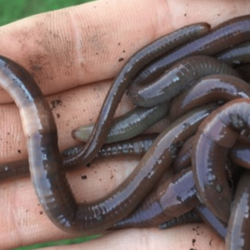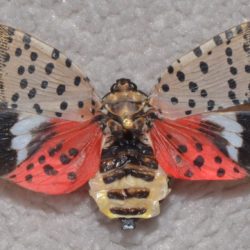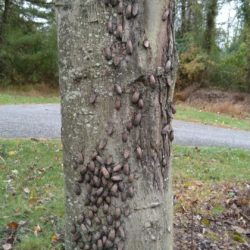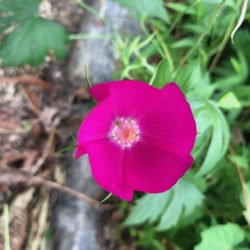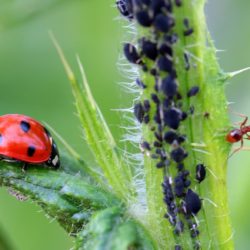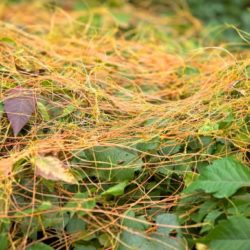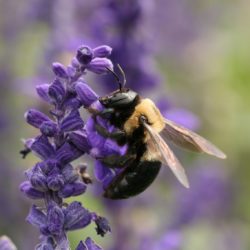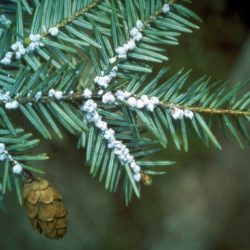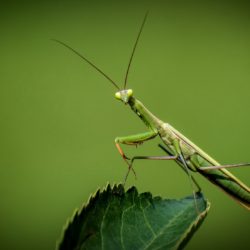By Angela Gupta
In October 2018, I found jumping worms in my vegetable garden two days after attending a professional conference and participating in a whole afternoon dedicated to jumping worms. It was saddening and disheartening, a bit hopeless. A few weeks before, I learned that jumping worms were found at my local municipal yard waste site, where I’d gotten cheap, local compost for years.

